What do you imagine when you hear sauce katsu don? Many think of katsu don with a sweet, salty soy sauce flavoured with Japanese-style dashi. For those people, when they think of sauce katsu don, they probably think of “sauce-covered katsu don.” On the other hand, depending on where you are from, some people imagine sauce katsu don when they hear katsu don. The local sauce katsu don these people is a dish different from the tonkatsu set meal where tonkatsu is the main character and is a dish completed as a bowl of rice that integrates sauce, tonkatsu and white rice. It is entirely different from simply tonkatsu with sauce.
What is Sauce Katsu don?
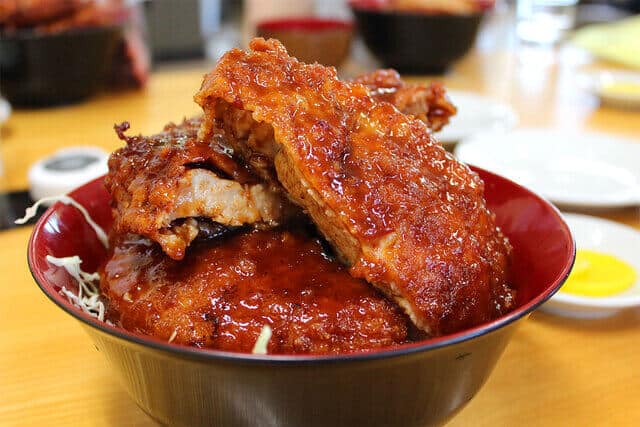
Sauce katsudon is a local gourmet dish of Fukui Prefecture. Thinly sliced pork is deep-fried in fine bread crumbs until it is crispy. Sauce katsu don, which is established in the region, is quite different from the so-called image of sauce. It is a soul food familiar to the prefecture’s people as a standard menu, with sauce cutlets lining the menus of many set-meal restaurants and supermarket delicatessen corners.
In addition to the sourness of vinegar, the sweetness of vegetables, and the stimulation of spices, commonly used as raw materials for sauces, sugar, dashi stock, soup, and even soy sauce, are sometimes used. When it comes to blending sauce and soy sauce, it is pretty challenging to imagine the taste, but the shop’s owner, originating in each region, creates a sauce, katsu don, that goes perfectly with rice.
Sauce Katsu don History

Tonkatsu and its sauce are influenced by European dishes introduced during the Meiji period, such as French cutlets and English Worcestershire sauce. The integration of Western food culture characterised the Meiji Restoration period as a part of the government’s drive to “Westernize” the nation. They promoted meat consumption, a substitute for the traditional Japanese rice, fish, and vegetables diet. Locals customize their sauce katsu to various regional flavors across Japan. For instance, Nagoya is famous for its miso katsu, a variation where served tonkatsu with a rich red miso sauce. Different regions have distinct versions, each with unique characteristics and flavors, contributing to the diverse culinary landscape of Japan.
Fukui Prefecture always appears in the controversy surrounding the birthplace of sauce katsudon. Among them, the Sauce Katsu Don at Europa Ken is considered the soul food of the people of Fukui. Born in Fukui Prefecture, Masutaro Takahata completed his culinary studies in Germany and, after returning to Japan, opened Europe Ken in Waseda, Tokyo. The katsudon served there is the birthplace of all sauce katsudon. After the Great Kanto Earthquake, he returned to his hometown of Fukui and set up the head office, so it took root. Currently, it has many branches. It features sliced sirloin or thigh meat coated in fine bread crumbs and fried with a lard head.
The sauces from different regions
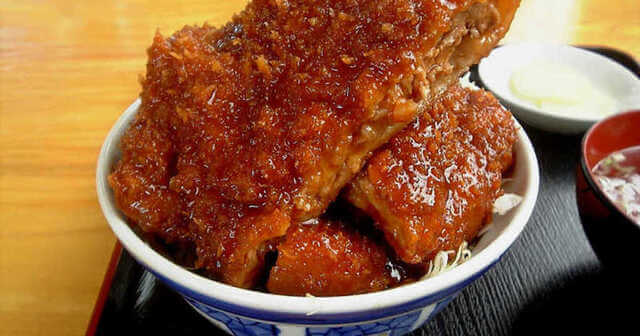
Nationwide, tonkatsu set meals are served with a store-made thick tonkatsu sauce. Still, many long-established tonkatsu specialty restaurants and traditional Western-style restaurants use a light Worcestershire sauce. Sauces have regional characteristics, and in eastern Japan, including the Kanto region, Chuno sauce is the most standard, and tonkatsu sauce is the most commonly used for tonkatsu eaten at restaurants. Even in the Kansai region, where Worcestershire sauce, which is said to be the origin of the sauce, is widespread, general tonkatsu restaurants use tonkatsu sauce. Still, long-established tonkatsu restaurants and restaurants use Worcestershire sauce.
Different types of Sauce katsu don
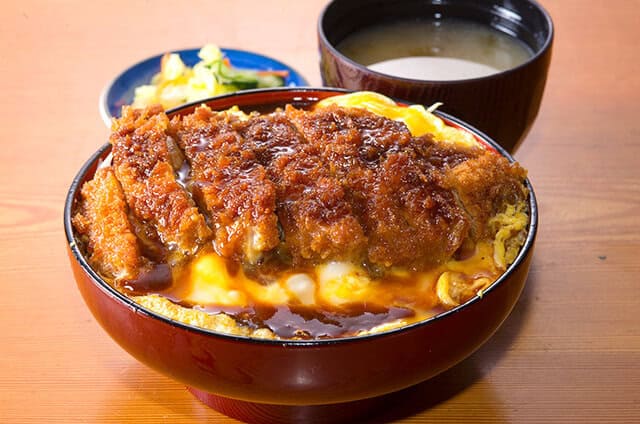
Niigata sauce cutlet bowl
Originating in Niigata Prefecture, tare katsudon is not a sauce-based dish but a katsudon in which locals dip the cutlet in a salty-sweet soy sauce and place it on rice. As Niigata is known for its rice, many restaurants are particular about their rice. The pork part varies depending on the store, but most cases are bite-sized cutlets.
Okayama demi-katsudon
This katsudon originated in Okayama Prefecture and is a rich type of katsudon topped with plenty of demi-glace sauce. It is served on rice with cabbage on top, followed by a large loin cutlet and demi-glace sauce.
Nagoya miso cutlet bowl
Speaking of Nagoya, it is a place with a deep-rooted miso culture. Of course, katsudon also uses miso. Cabbage is also rarely used. It is characterized by a generous amount of miso sauce mixed in with the roasted pork cutlet, giving it a slightly sweet taste that makes it easy to eat.
Sauce Katsu don FAQS
- What are the nutritional benefits of Sauce katsu don?
-
A typical serving holds about 500-600 calories, primarily derived from pork, breading, and frying oil. It is also a potent source of protein, offering approximately 25-35 grams per portion. The deep-frying method contributes to a fat content of roughly 20-30 grams, while the panko breadcrumbs and the sauce add 20-30 grams of carbohydrates to the mix. While Tonkatsu isn’t inherently rich in fiber, a traditional side dish of cabbage salad can supplement this.
Sauce Katsu don Recipe
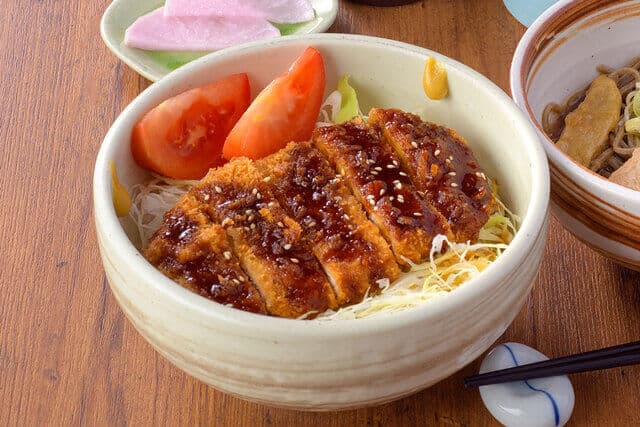
Sauce Katsu don Ingredients
| Ingredients of Sauce Katsu don for 2 persons | Measurements |
|---|---|
| For the Pork Cutlets: | |
| Pork loin cutlets | 200g each |
| Salt and pepper to season | 2g |
| All-purpose flour | 50g |
| Egg beat | 23g |
| Panko breadcrumbs | 100g |
| Oil for deep frying | 500g |
| For the Tonkatsu Sauce: | |
| Ketchup | 60g |
| Worcestershire sauce | 20g |
| Oyster sauce | 10g |
| Sugar | 10g |
How to make Sauce Katsu don?
Dredge the pork cutlets with salt and pepper in the flour, shaking off the excess. Dip them in the beaten egg, then coat thoroughly with Panko breadcrumbs. Press the breadcrumbs onto the surface of the cutlets to adhere as much as possible.
Heat oil in a deep frying pan to approximately 170-180 degrees Celsius. Fry the cutlets until golden brown and cooked through, around 3-4 minutes per side, depending on the thickness. Do not overcrowd the pan; cook one cutlet at a time if necessary.
Once cooked, drain the cutlets on a rack or paper towels to remove excess oil. Mix the ketchup, Worcestershire sauce, oyster sauce, and sugar in a bowl until well combined.
Slice the cooked pork cutlets, arrange them on plates, and serve with the Tonkatsu sauce on the side. It is traditional to do Tonkatsu with shredded cabbage and steamed rice.
Where to buy Sauce Katsu don?
Europa Ken Sohonten (ヨーロッパ軒 総本店)
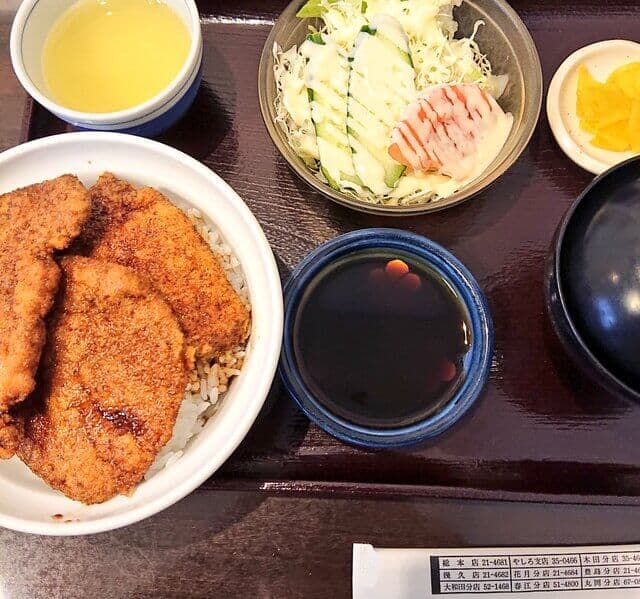
Europa Ken Sohonten is a well-regarded restaurant in Fukui Prefecture, known for its Western-style Japanese cuisine, or “Yoshoku.” Inside the store, the kitchen is at the back of the entrance, and there are four counter seats along the left back wall and table seats in the center from the left side. They served sauce-seasoned cutlets (without rice) with three slices of cutlet, potato salad, Neapolitan spaghetti, and shredded cabbage. They dressed the cabbage with an aurora-style dressing. The potato salad contains potatoes, carrots, onions, etc.
Shitamiya Main Store (志多美屋本店)
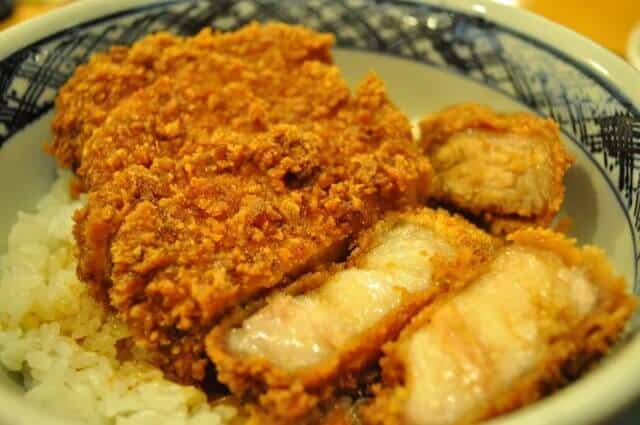
Shitamiya Honten was the first restaurant to offer Gunma’s famous sauce, katsudon. It is the originator of sauce katsudon, a renowned restaurant. The batter is crispy, and the sauce is delicate and smooth, making it popular among women as it is easy to eat. The sauce is moderately thick and well-balanced. Their katsu don set comes with miso soup, cold tofu, and a mini salad.
Fujiya Shokudo (藤屋食堂)
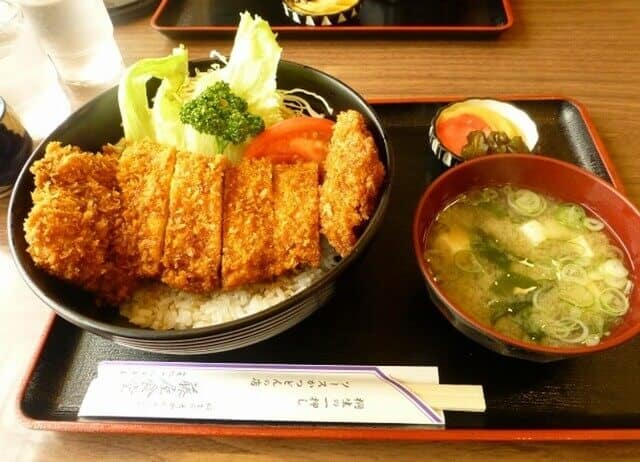
You can feel the sweetness of the pork cutlet’s fat in the delicate batter with a light taste. The rice is soaked in sauce and oil and is delicious! There are two types of sauce katsudon: fillet katsudon and regular sauce katsudon using thigh meat.
Takeaway
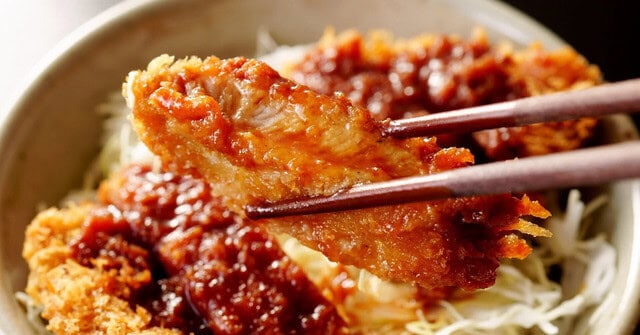
In conclusion, Sauce Katsu don a beloved culinary gem in Japan, a savory testament to the country’s rich gastronomic heritage. Its mouthwatering appeal, accompanied by the subtle nuances of its diverse regional variations, has undoubtedly captured the hearts and palates of locals and international visitors. As we delve into the delightful world of Sauce Katsu, let us savor its tantalizing flavors and appreciate the history and artistry behind this delectable dish. By supporting local eateries that proudly serve Sauce Katsu and immersing ourselves in its cultural significance, we can play a vital role in preserving and celebrating Japan’s culinary traditions.
You can check some Japanese donburi dishes that we know you would like to try too.
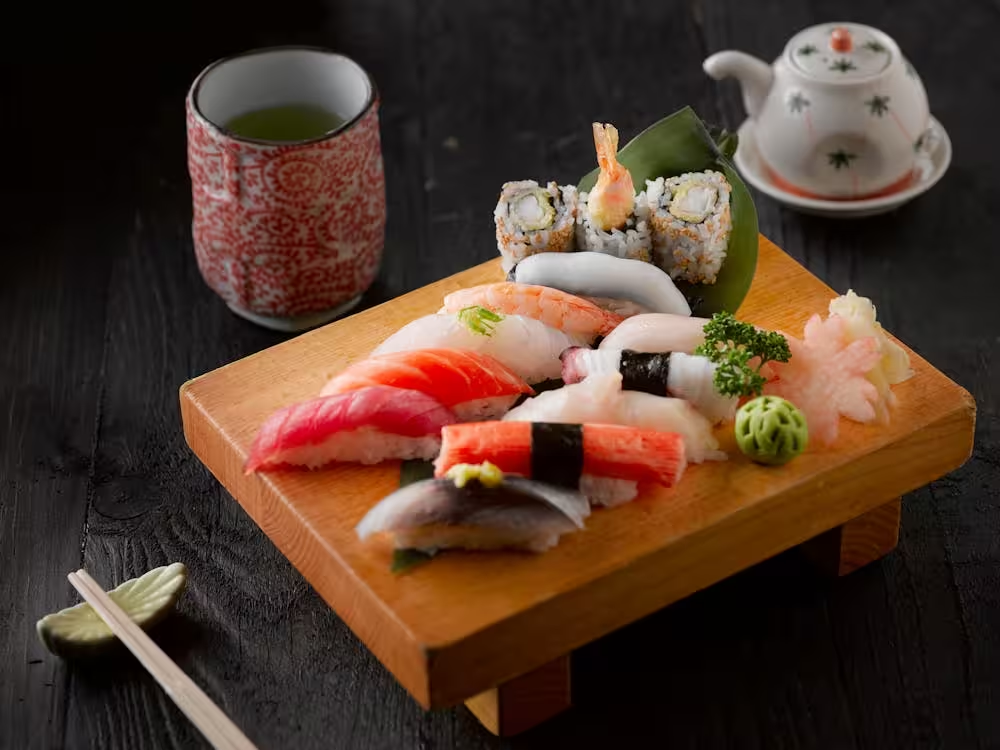
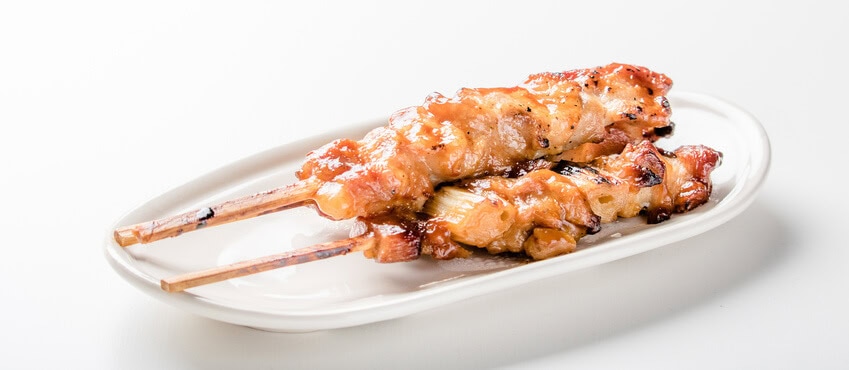
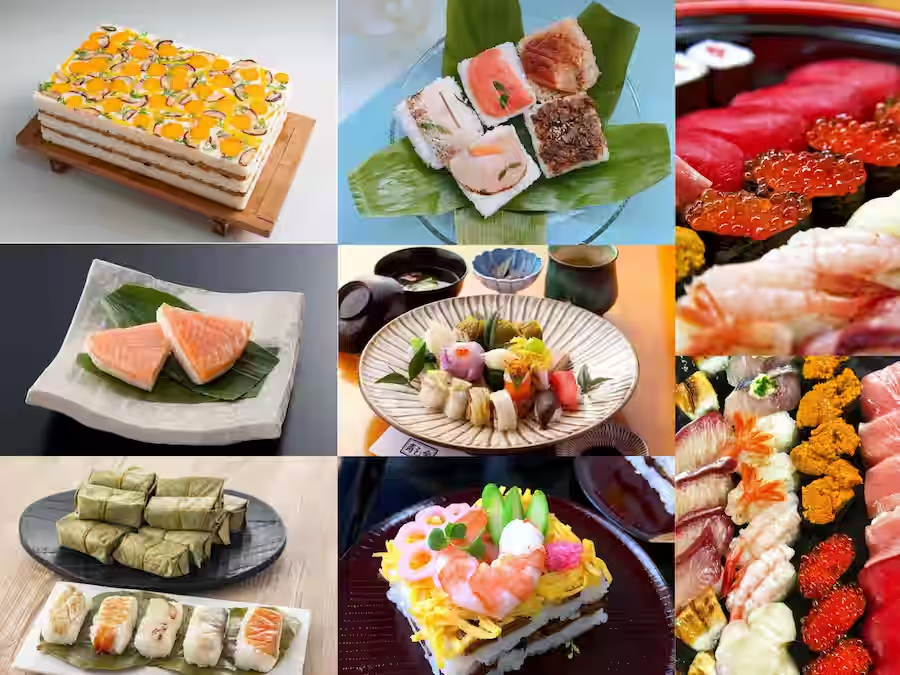
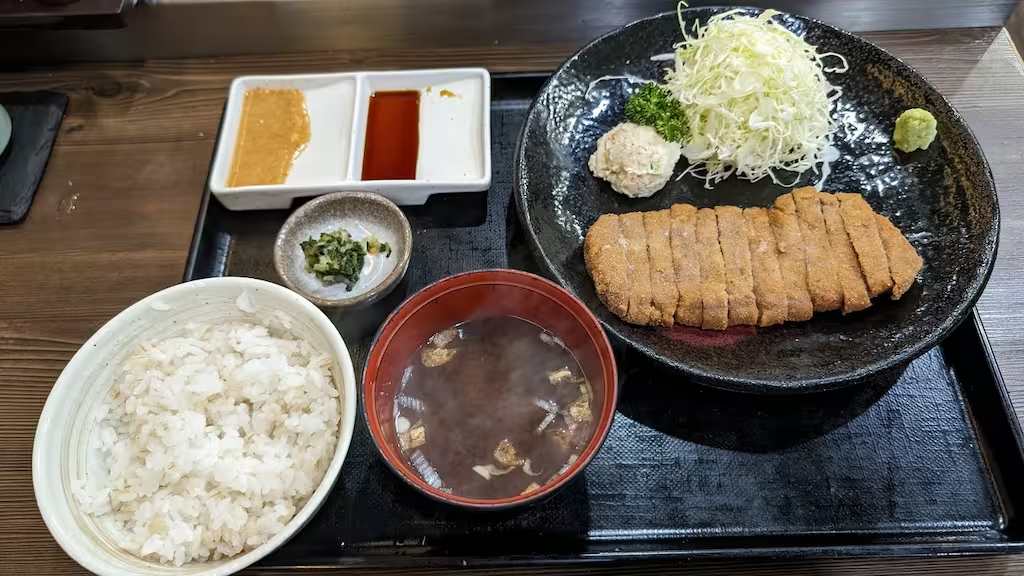
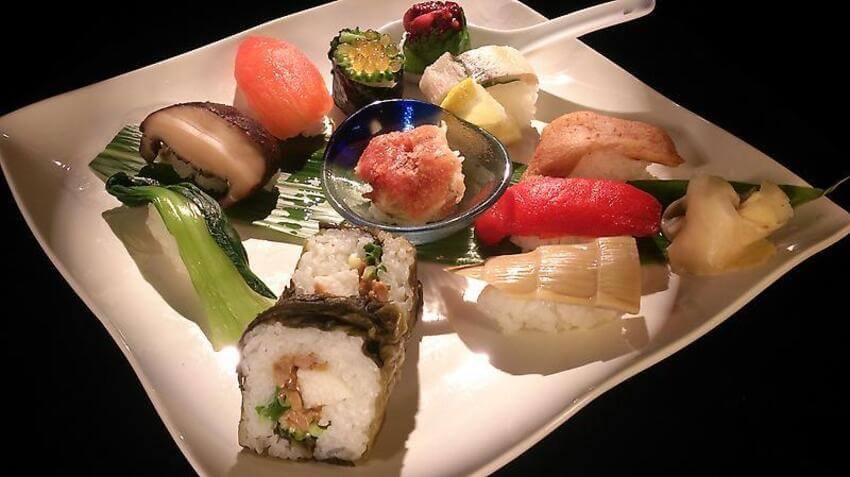

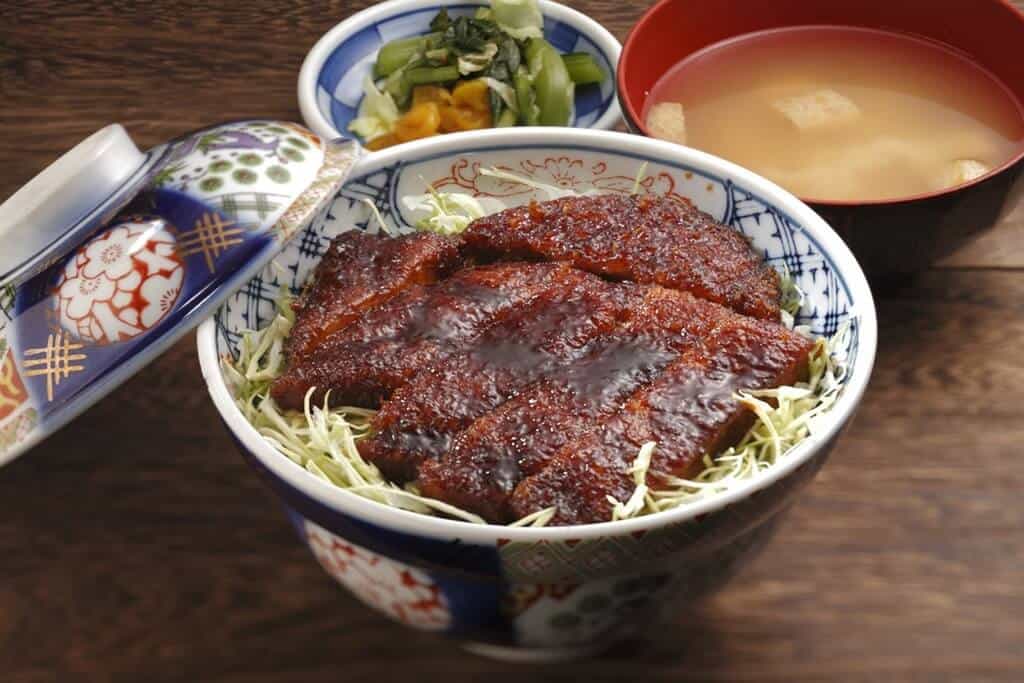
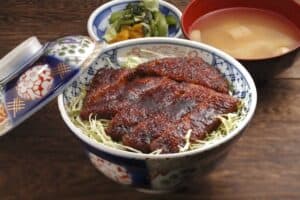
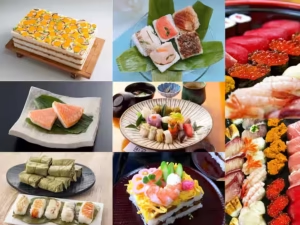
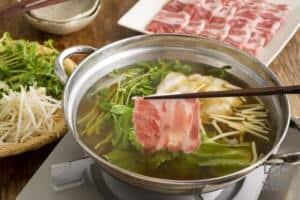
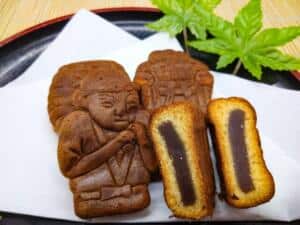
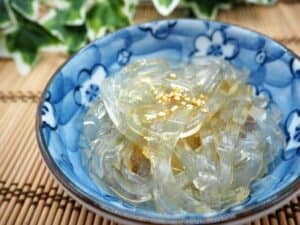
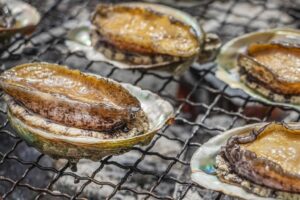


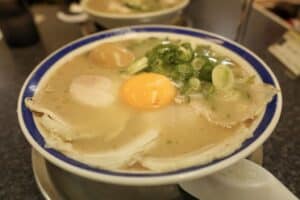
Comments